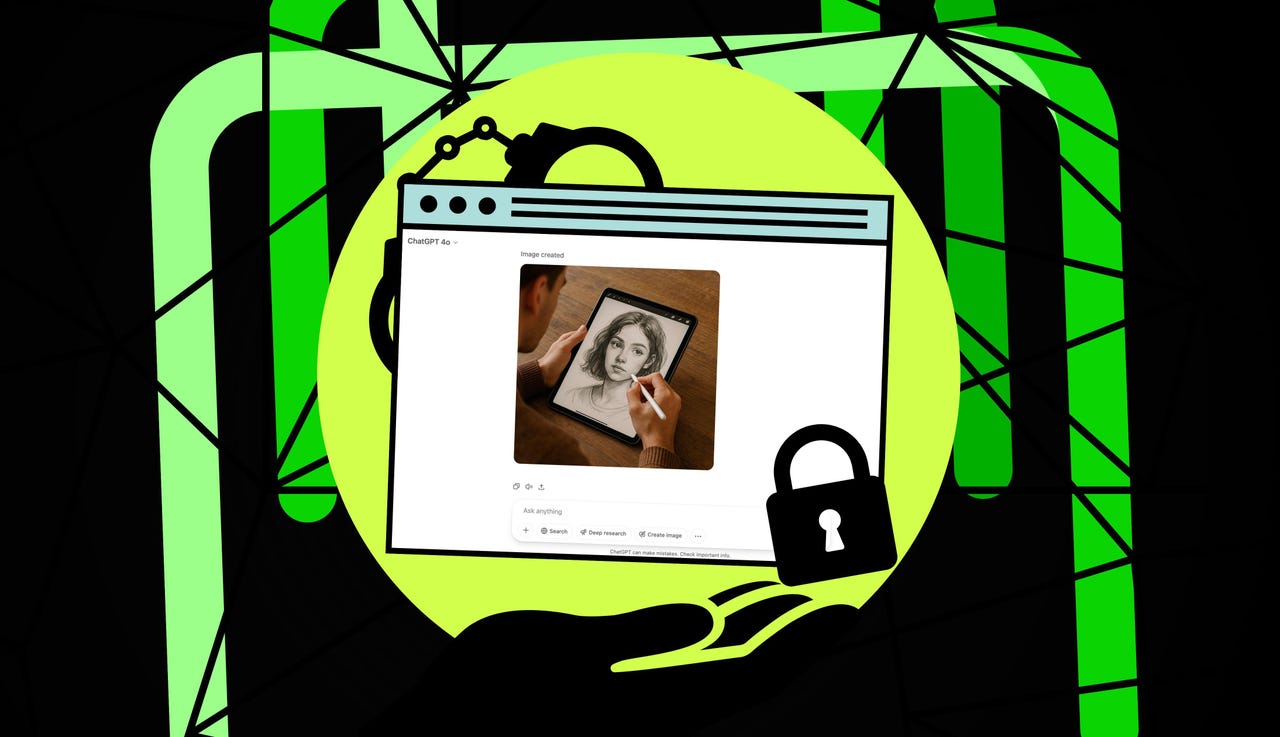The Legal Landscape of AI-generated Images
Generative AI is revolutionizing the creative industry, whether artists and organizations are ready or not. While it can be used fairly and ethically to take creative processes to new heights, it also raises significant legal concerns. Last August, a group of artists took AI imaging tools providers to court, resulting in a ruling against Stability AI and MidJourney’s motion to dismiss the artists’ copyright infringement claims. The case is set to begin in September 2026.

The implications of such litigation are profound for designers, businesses, and society at large. As Zach Schor notes in the NYU Journal of Intellectual Property and Entertainment Law, the judge found both direct and induced copyright infringement claims to be plausible. The induced infringement claim against Stability AI argued that by distributing their model, Stable Diffusion, to other AI providers, the company facilitated the copying of copyrighted material.
The Potential of Generative AI
Despite the legal challenges, generative AI has the potential to expand the canvas of possibility, empowering more people to join the creators’ board. According to Minos Bantourakis and Francesco Venturini in a recent World Economic Forum report, “GenAI touches the core of the deeply human creative process, impacting the lives of all consumers and creators, whether amateurs or professionals.” Organizations must be ready for this change in their creative and design processes.
Norman Teague, a designer and educator, has chosen to embrace AI to deliver his message. His exhibition at the Museum of Modern Art (MoMA), assisted by generative AI via Adobe’s Firefly tool, features artists and designers traditionally excluded from museums. Hannah Elsakr, vice president of business and new venture incubation at Adobe, notes that Teague is still the artist, using AI as part of his ideation process to put hundreds of ideas down and filter through them quickly.
The Human Element in AI-generated Content
While AI tools can amplify and accelerate creative work, human oversight and review are still essential. As Elsakr points out, review, inspection, and approval are critical, and humans must remain in the loop. Change management is also crucial, as the technology is not just about change, but transformative process change.
The bottom line is that while technology provides the tools to create and mass-produce content, it’s still a very human process. As Elsakr states, “Human ingenuity actually becomes more important and is the differentiator.” AI is an elegant new paintbrush in the toolkit of creators, allowing them to focus on high-quality creative ideas.


